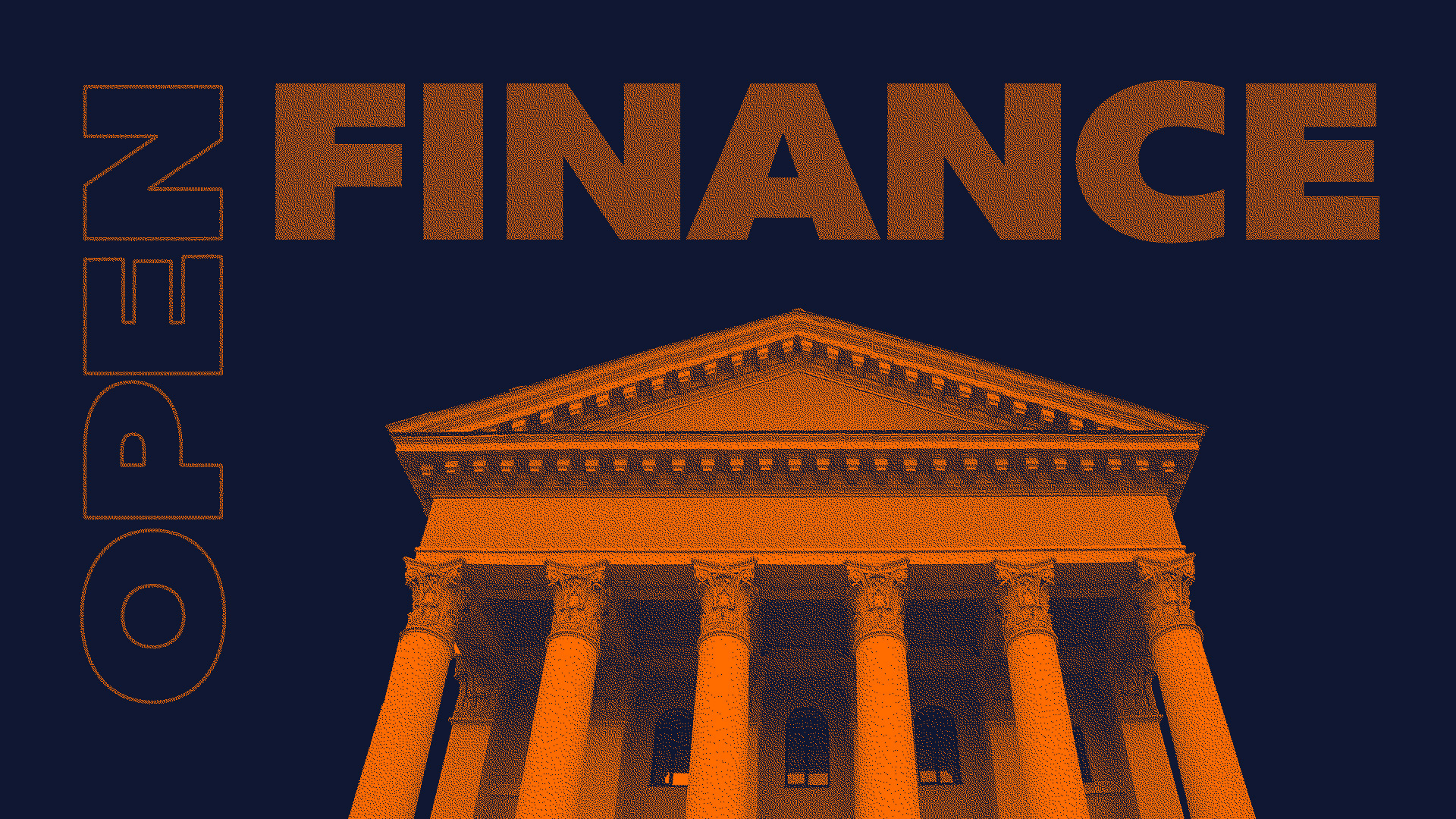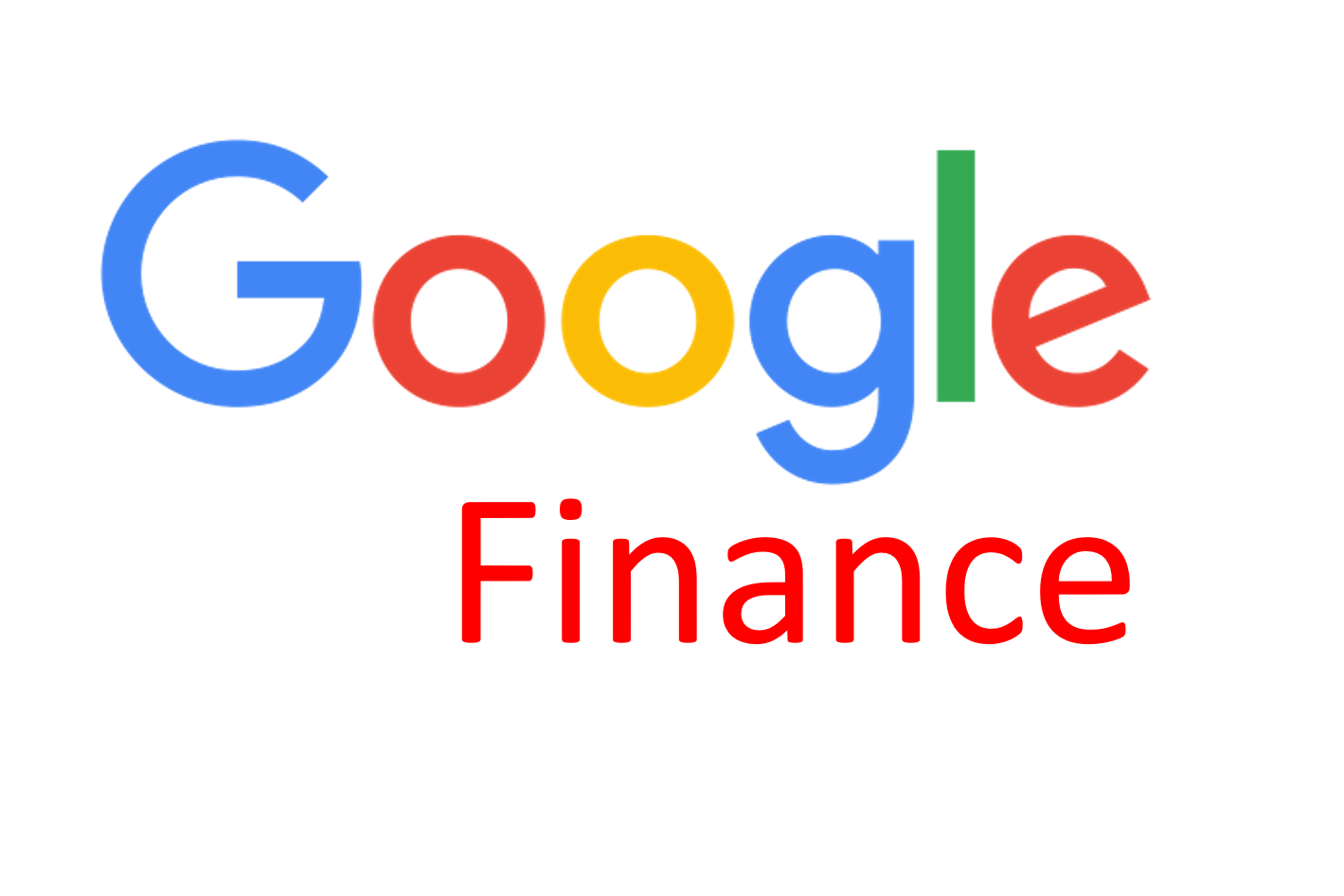The Rise of Open Finance: Revolutionizing the Financial Landscape

Open finance, a concept that has been gaining considerable traction in recent years, is revolutionizing the way we perceive and interact with the financial world. This innovative approach, powered by cutting-edge technology and an ethos of transparency, is reshaping traditional financial systems and paving the way for a more inclusive and accessible future. In this blog article, we delve into the intricate details of open finance, exploring its key principles, benefits, and potential challenges.
So, what exactly is open finance? In simple terms, it refers to the integration of financial services and data through open APIs (Application Programming Interfaces), allowing users to securely access and share their financial information across multiple platforms. This newfound accessibility and interoperability enable individuals and businesses to leverage a wide range of financial products and services seamlessly.
1. Understanding Open Finance: The Basics
In this section, we provide a comprehensive overview of open finance, delving into its fundamental principles, the role of APIs, and the transformative potential it holds for various stakeholders.
2. The Benefits of Open Finance
This section highlights the numerous advantages that open finance brings to the table. From enhanced financial transparency and increased competition to personalized services and improved financial management, we explore how this paradigm shift is empowering individuals and businesses.
3. Exploring Open Finance Ecosystem
Here, we take a closer look at the different players within the open finance ecosystem. From fintech startups and traditional financial institutions to regulatory bodies and consumers, we examine the roles and interdependencies that shape this dynamic landscape.
4. Open Finance and Data Privacy
Data privacy is a crucial aspect of open finance. In this section, we discuss the necessary safeguards and regulations that need to be in place to protect sensitive financial information while ensuring open finance remains a secure and trustworthy environment.
5. Open Finance and Financial Inclusion
One of the key promises of open finance is its potential to foster financial inclusion. We explore how open finance can bridge the gap between the underbanked and traditional financial services, empowering individuals and communities worldwide.
6. The Role of Blockchain in Open Finance
Blockchain technology plays a pivotal role in enabling open finance. In this section, we delve into the transformative power of blockchain, exploring its impact on security, transparency, and efficiency within the open finance ecosystem.
7. Open Finance: Challenges and Risks
While open finance offers immense potential, it also presents certain challenges and risks. Here, we discuss issues such as data breaches, regulatory hurdles, and potential inequalities, shedding light on the path ahead.
8. Open Finance and the Future of Banking
Traditional banking systems are being disrupted by open finance. In this section, we explore how open finance is reshaping the banking landscape, from the rise of neobanks to the evolving role of traditional financial institutions.
9. Open Finance and Global Regulatory Landscape
Regulatory frameworks play a crucial role in facilitating the growth of open finance. We analyze the current global regulatory landscape, including initiatives such as GDPR and PSD2, shedding light on how regulators are adapting to this new paradigm.
10. Open Finance: Unlocking New Opportunities
In our final section, we delve into the exciting possibilities that open finance presents. From decentralized finance and smart contracts to innovative fintech solutions, we explore the emerging trends and opportunities that are shaping the future of finance.
In conclusion, open finance is redefining the way we engage with financial services. By harnessing the power of open APIs and innovative technologies, open finance is fostering transparency, inclusivity, and efficiency in the financial landscape. However, it is essential to address the challenges and risks that accompany this transformation, ensuring robust regulatory frameworks and data privacy measures. As open finance continues to evolve and revolutionize the financial sector, it paves the way for a more interconnected, accessible, and democratized future of finance.
Q: How does open finance empower individuals and businesses?
A: Open finance empowers individuals and businesses by providing seamless access to a wide range of financial products and services. It promotes financial transparency, encourages competition, and enables personalized financial management. By breaking down traditional barriers, open finance allows individuals and businesses to make more informed financial decisions and leverage the best available options tailored to their unique needs.
Q: What role does blockchain play in open finance?
A: Blockchain technology plays a pivotal role in open finance by ensuring security, transparency, and efficiency. It enables the secure storage and transfer of financial information, eliminating the need for intermediaries and reducing costs. Blockchain's decentralized nature also enhances data privacy and protection, making it a key enabler of the open finance ecosystem.
Q: How can open finance contribute to financial inclusion?
A: Open finance has the potential to bridge the gap between the underbanked and traditional financial services. By providing access to a wider range of financial products and services through open APIs, open finance empowers individuals and communities who have previously been excluded from the mainstream financial system. This inclusivity fosters economic growth, reduces inequalities, and empowers individuals to take control of their financial well-being.
Q: What are the risks associated with open finance?
A: While open finance offers numerous benefits, it also poses certain risks and challenges. Data breaches, privacy concerns, and regulatory complexities are among the potential pitfalls. Ensuring strong data protection measures, robust regulatory frameworks, and consumer education is crucial to mitigate these risks and build trust in the open finance ecosystem.
Q: What does the future hold for open finance?
A: The future of open finance is promising, with emerging trends and technologies shaping its trajectory. Decentralized finance, smart contracts, and innovative fintech solutions are expected to play a significant role. As open finance continues to evolve, it holds the potential to transform traditional banking systems, foster global financial inclusion, and unlock new opportunities for individuals and businesses alike.




Post a Comment for "The Rise of Open Finance: Revolutionizing the Financial Landscape"